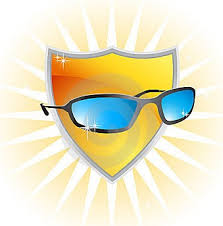Pokémon – Who is it? What is it? Why is it such a popular activity for children and adults? I have been trying to find out more about this new obsession. It is in the news, there are people waling around Savannah looking for Pokémon and all the digital characters, so what is all this about? I decided I need to learn more and thought some of you are probably as lost as me. With the new increased awareness of Pokémon, I have decided to include some information about it. I know you are working with young children; however you might also be a parent, have a niece or nephew or know other families that might benefit from this material. A special thanks to UGA Extension Family and Consumer Sciences Agent Keishon Thomas for sharing this article. Please pass the information on to families and your community. This phenomenon seems to be moving quickly across our communities and while having fun, safety is a real issue.
During the past several weeks, a new technology craze has invaded our towns and cities. People appear to be wandering around aimlessly looking at their phones, but they are actually playing Pokémon Go. One of our collaborators, Ms. Keishon Thomas, the Macon-Bibb County Extension agent has come to our rescue to help us understand this new trend, and at the same time alert our readers about the importance of getting involved with the game, but in a safe way. Let’s review what Thomas says and get active!
The game’s developers, Niantic Laboratories, stated the intent was “to get players out and explore the world around them, explore their neighborhoods in a different way and get exercise”. In this case, your phone shows the animated Pokémon and other characters in real time in your real environment.
The object of the game is to catch “Pokémons”, small animated characters that come in a variety of shapes and colors. Players ‘hunt’ Pokémon by walking in their real environment armed with “Pokéballs”. Players are directed to landmarks called “Pokéstops”, where they re-up on Pokéballs and other tools to catch Pokémon characters. The Pokéstops are everywhere; parks, churches, government buildings and even at your neighbor’s yard. Because catching those little characters is distracting, players sometime put themselves into dangerous situations as a result of being unaware of their surroundings.
Be alert at all times. There have been reports of people walking into trees, traffic and even falling while playing.
Never go illegal to capture Pokémon. No trespassing or jaywalking. “Pokemons” can appear anywhere. Be safe and use common sense.
The animated characters appear on your phone in a real environment. They can appear in your car and they move to avoid capture. Driving requires your full attention and hunting Pokémon while driving is a no-no. Arrive alive!!!
Download the right app from a trusted source such as the Apple Store or Google Play. There have been reports of fake apps that have malware that could harm your device.
Children should never play alone. They get distracted easily. It’s rewarding to play along with your child and capture characters while exercising.
Monitor your data usage. The game utilizes GPS and therefore eats data for lunch and dinner. It won’t be so fun when you receive your phone bill.
Players should also be mindful of in-app purchases. While the game app is free, there are in-app purchases within the game and they have a cost. My children have been told not to purchase anything online unless they have permission for the purchase. The same goes for the Pokémon Go game.
Monitor the weather and stay hydrated. It’s hot outside and pop-up storms can hamper hunting. Avoid complications from heat; carry water with you, take breaks in shaded areas, and wear sunscreen.
Lastly, Pokémon Go is a great way to connect generations, get active and have fun while doing so. Good luck and catch‘em all!!!

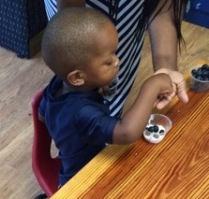





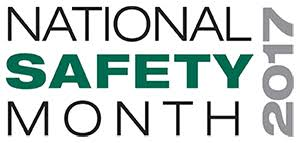
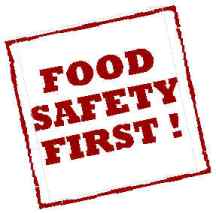


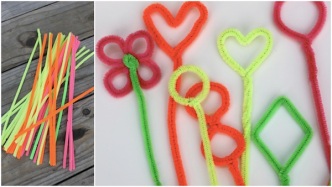 bubble wand take one end of a pipe cleaner and bend it to form a circle approximately the size of a quarter or any size you desire. Twist it together tightly so it stays locked in place. This is a fun activity where you children can make their own wands. Let them be creative, check to ensure they are together tightly and let the fun begin!!
bubble wand take one end of a pipe cleaner and bend it to form a circle approximately the size of a quarter or any size you desire. Twist it together tightly so it stays locked in place. This is a fun activity where you children can make their own wands. Let them be creative, check to ensure they are together tightly and let the fun begin!!


